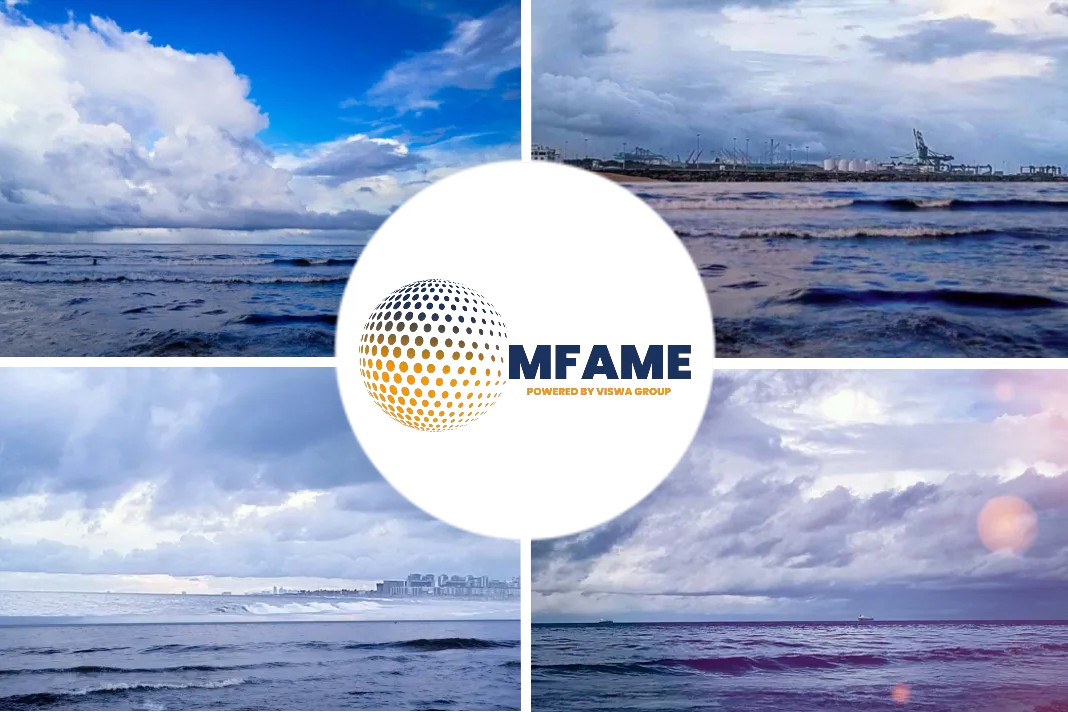
Giant tankers full of American propane are making waves, states a Freight Waves.
2023 VLGC rates
2023 VLGC rates double last year’s rates despite higher capacity.
Not all shipping sectors and shipping stocks are under pressure. Container shipping is mired in pessimism, crude and product tankers have disappointed, dry bulk is in the doldrums — but liquefied petroleum gas (LPG) shipping is bucking the bearish trend.
High-capacity, long-haul specialized tankers that carry propane and butane are known as very large gas carriers (VLGCs). VLGC sentiment was grim heading into this year, with a large increase in vessel capacity expected to pressure rates. But the market has surprised to the upside.
“Initial fears of a market downturn due to poor Chinese PDH [propane dehydrogenation] margins, the global economic outlook and new vessel deliveries were proven wrong,” said Niels Rigualt, executive vice president of commercial operations at BW LPG (Oslo: BWLPG), during a conference call Tuesday.
VLGC spot rates are now $90,000 per day and have averaged $70,000 per day year to date, double levels over the same period last year, according to Jefferies shipping analyst Omar Notka.
“Doom and gloom. That was the majority view on the VLGC market in 2023. VLGC rates, however, are the strongest since 2015,” said Oystein Kalleklev, CEO of VLGC owner Avance Gas (Oslo: AGAS), in an online post this week.
“VLGC rates continue to defy expectations,” said Clarksons Securities shipping analyst Frode Mørkedal.
Shipping stocks in most of the other vessel segments are down year to date. Not so with the big three public VLGC owners. BW LPG, Avance and Dorian LPG (NYSE: LPG) are up 42%, 38% and 23% year to date, respectively.
In fact, these VLGC stocks have been rising for years. Since January 2019, pre-COVID, Avance is up over 540% and Dorian and BW LPG by almost 300%.
Demand and supply
Propane is used for heating, cooking, equipment fuel and feedstock for petrochemical production. A major driver of VLGC volume is demand from Asian PDH plants that use propane to create propylene. Propylene is used to produce polypropylene for plastics production.
Argus reported that two new Chinese PDH plants have already come online this year. S&P Global said six new Chinese PDH plants should come online by year-end.
Propane or naphtha can be used as feedstock. Naphtha is carried aboard product tankers. The cheaper propane is versus naphtha, the better for VLGCs and the worse for long-range product tankers. Propane is currently cheaper.
“Demand for naphtha has diminished with alternate feedstock propane prices at a discount to naphtha values since the end of February,” said Argus on Tuesday. “The shift pushed valuable ton-mile demand [demand in terms of volume multiplied by distance] into the gas-carrier segment.
Did you subscribe to our newsletter?
It’s free! Click here to subscribe!
Source: Freight Waves















